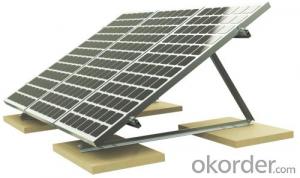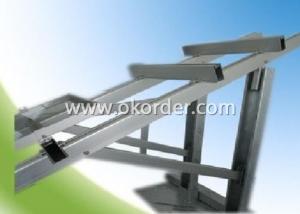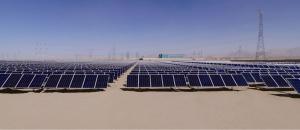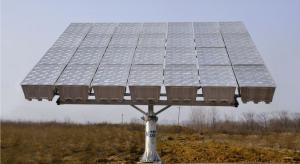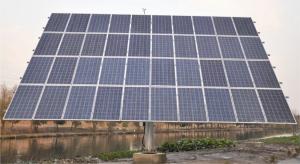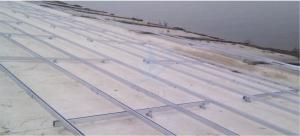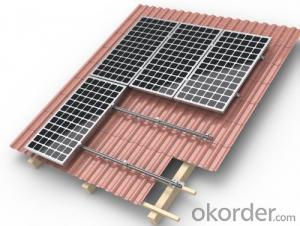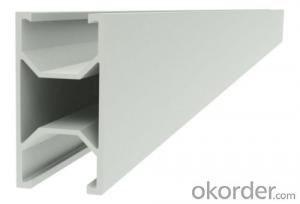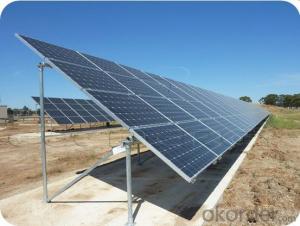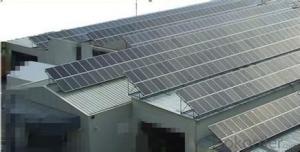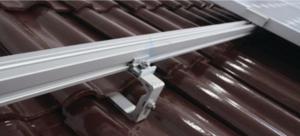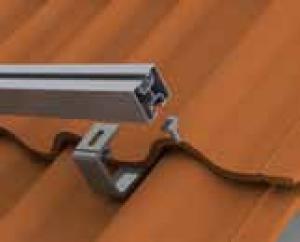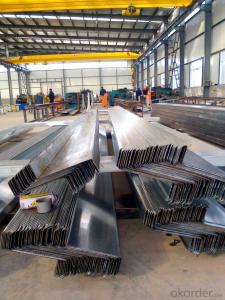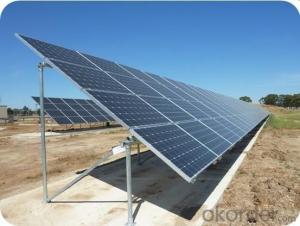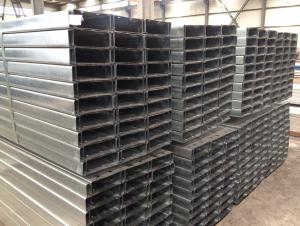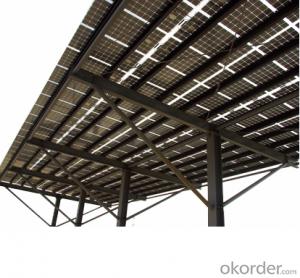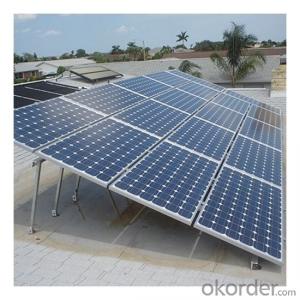Tile Roof Solar Mounting System - Solar Mounting Fold Tri-Bracket
- Loading Port:
- China Main Port
- Payment Terms:
- TT OR LC
- Min Order Qty:
- -
- Supply Capability:
- -
OKorder Service Pledge
OKorder Financial Service
You Might Also Like
Solar Mounting Fold Tri-bracket system
GS Flat Roof Racking system is developed to mount the module tilt a certain angle on a flat roof or ground. You can have
the fixed or adjustable angle solution as 10-15deg, 15-30deg and 30-60deg according to your exact requirement. GS series
product have the innovated aluminum rail, D-module, clamps and legs which can be pre-assembled to make the installation
easy and quick for saving your labor cost and time. Besides, the customized length of rail will not require onsite weld and
cut, keeping the appearance entirety, structural strength and anti-corrosive performance.
Specifications
Fold Tri-bracket system with 10deg ,15deg ,25deg ,45deg .It is more steadable and easy to installation
Fold Tri-bracket system with 10deg ,15deg ,25deg ,45deg .
It is more steadable and easy to installation
It is lighter and with good surface condition .And have long serve life
With almost 10 years warranty .
- Q: Can a solar mounting system be used in areas with limited access to solar workshops?
- Yes, a solar mounting system can be used in areas with limited access to solar workshops. Solar mounting systems are designed to be portable and easy to install, making them suitable for remote or inaccessible locations. With the right equipment and instructions, individuals or local technicians can install the system without the need for specialized workshops or extensive technical knowledge.
- Q: How does a solar mounting system affect the roof's waterproofing?
- A solar mounting system can potentially affect the roof's waterproofing if not properly installed. The attachment points and penetrations made for the mounting system can create potential entry points for water, leading to leaks and damage. However, with proper installation techniques such as using appropriate flashing and sealants, the impact on the roof's waterproofing can be minimized.
- Q: Can a solar mounting system be installed on a sports field or stadium?
- Yes, a solar mounting system can be installed on a sports field or stadium.
- Q: What is the expected increase in property value with a solar mounting system?
- The expected increase in property value with a solar mounting system can vary depending on various factors such as the location, size of the system, local market conditions, and the overall energy efficiency of the property. However, studies have shown that on average, homes with solar installations tend to have a higher resale value compared to those without. Some estimates suggest that a solar system can increase property value by up to 4-5% in certain areas.
- Q: Can a solar mounting system be used on awnings?
- Yes, a solar mounting system can be used on awnings. Awnings provide a suitable surface for installing solar panels, allowing for efficient utilization of space and harnessing solar energy.
- Q: Can solar mounting systems be installed on flat roofs?
- Yes, solar mounting systems can be installed on flat roofs. There are specifically designed mounting systems available that can be used for flat roofs to securely install solar panels and maximize their efficiency.
- Q: Can a solar mounting system be used in areas with solar incentives for nonprofits?
- Yes, a solar mounting system can be used in areas with solar incentives for nonprofits. These incentives are often designed to encourage the adoption of renewable energy sources, including solar power, by providing financial benefits such as tax credits, grants, or rebates. Nonprofits can take advantage of these incentives to offset the upfront costs of installing a solar mounting system, making it a viable and cost-effective option for them to generate clean and sustainable energy.
- Q: Can a solar mounting system be integrated with a building's existing structure?
- Yes, a solar mounting system can be integrated with a building's existing structure. It is possible to design and install solar panels on roofs, facades, or even as shading devices, seamlessly blending them with the building's architecture. This integration not only maximizes the use of available space but also provides additional benefits such as energy savings, reduced environmental impact, and aesthetic enhancement.
- Q: Are there adjustable tilt angle options for solar mounting systems?
- Yes, there are adjustable tilt angle options available for solar mounting systems. These options allow for flexibility in adjusting the angle of solar panels to optimize their performance and maximize energy generation based on the specific location and time of year.
- Q: Can a solar mounting system be used with solar-powered cars?
- No, a solar mounting system is not typically used with solar-powered cars. Solar mounting systems are designed to hold and position solar panels on rooftops, ground surfaces, or other fixed structures. Solar-powered cars, on the other hand, have integrated solar panels on their surface and do not require a separate mounting system.
Send your message to us
Tile Roof Solar Mounting System - Solar Mounting Fold Tri-Bracket
- Loading Port:
- China Main Port
- Payment Terms:
- TT OR LC
- Min Order Qty:
- -
- Supply Capability:
- -
OKorder Service Pledge
OKorder Financial Service
Similar products
Hot products
Hot Searches
Related keywords
